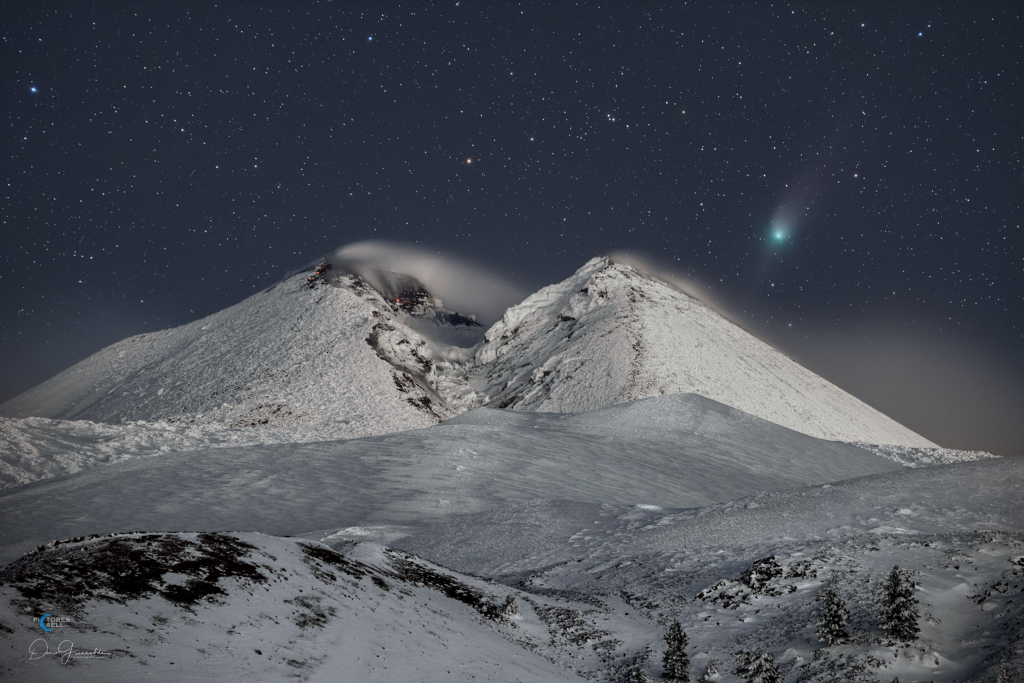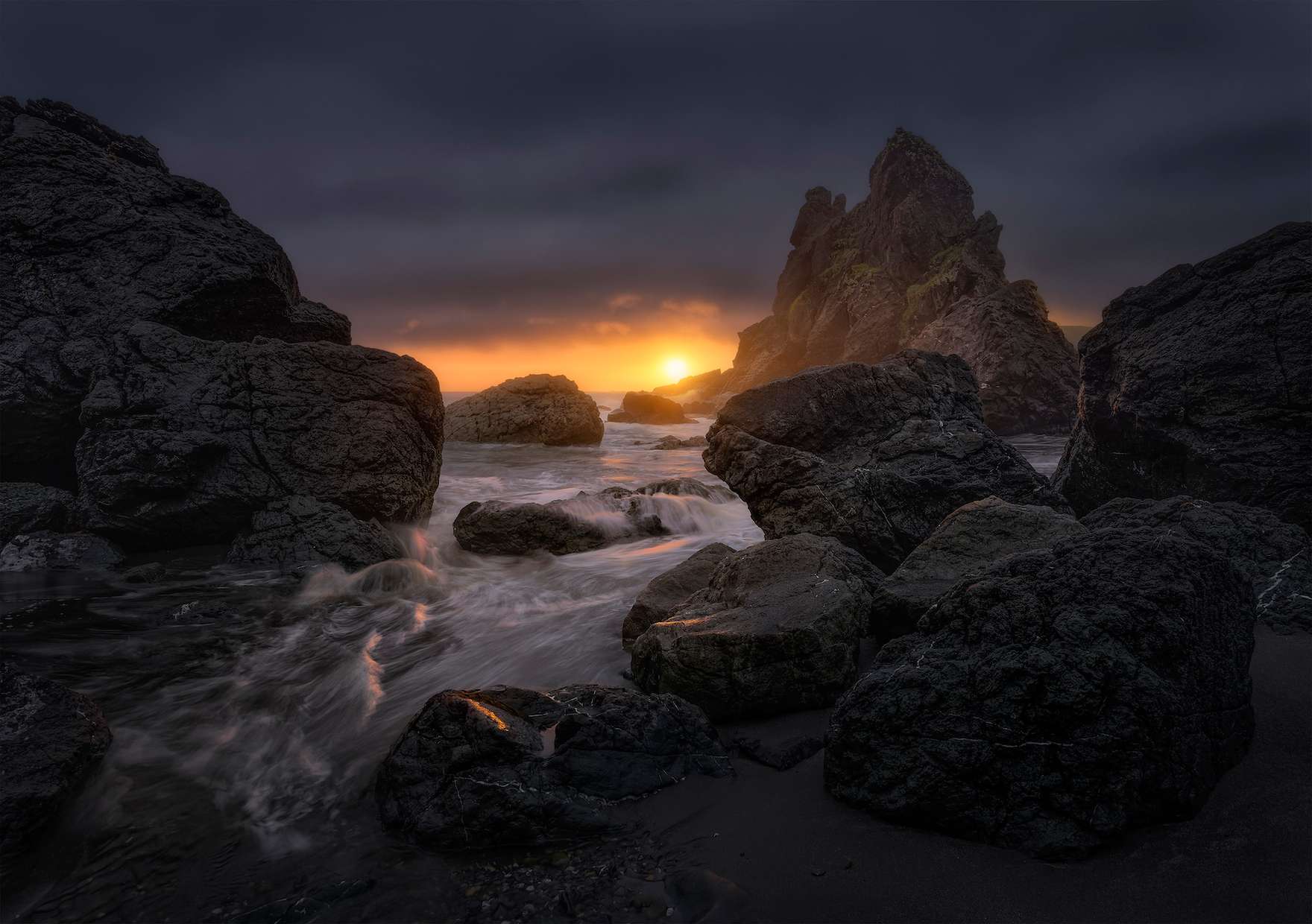31.1.23
AMERICA LATINA - VENEZUELA - ENDROITS ETRANGES - Salto Ángel
CANADA - ENDROITS ETRANGES - Lac Abraham - Alberta
PAYS BASQUE - Beau villages - Itxassou
ASTRONOMY - A Triple View of Comet ZTF
2023 January 31
Image Credit & Copyright: Javier Caldera & Miguel Gracia
Explanation: Comet ZTF has a distinctive shape. The now bright comet visiting the inner Solar System has been showing not only a common dust tail, ion tail, and green gas coma, but also an uncommonly distinctive antitail. The antitail does not actually lead the comet -- it is just that the head of the comet is seen superposed on part of the fanned-out and trailing dust tail. The giant dirty snowball that is Comet C/2022 E3 (ZTF) has now passed its closest to the Sun and tomorrow will pass its closest to the Earth. The main panel of the featured triple image shows how Comet ZTF looked last week to the unaided eye under a dark and clear sky over Cáceres, Spain. The top inset image shows how the comet looked through binoculars, while the lower inset shows how the comet looked through a small telescope. The comet is now visible all night long from northern latitudes but will surely fade from easy observation during the next few weeks.
30.1.23
AMERICA LATINA - Rio de Janeiro - Lugares lindos - Praia de Ipanema e Arpoador

ASTRONOMY - Globular Star Cluster NGC 6355 from Hubble
2023 January 30
Image Credit: ESA/Hubble & NASA, E. Noyola, R. Cohen
Explanation: Globular clusters once ruled the Milky Way. Back in the old days, back when our Galaxy first formed, perhaps thousands of globular clusters roamed our Galaxy. Today, there are less than 200 left. Over the eons, many globular clusters were destroyed by repeated fateful encounters with each other or the Galactic center. Surviving relics are older than any Earth fossil, older than any other structures in our Galaxy, and limit the universe itself in raw age. There are few, if any, young globular clusters left in our Milky Way Galaxy because conditions are not ripe for more to form. The featured image shows a Hubble Space Telescope view of 13-billion year old NGC 6355, a surviving globular cluster currently passing near the Milky Way's center. Globular cluster stars are concentrated toward the image center and highlighted by bright blue stars. Most other stars in the frame are dimmer, redder, and just coincidently lie near the direction to NGC 6355.
29.1.23
PORTUGAL - PEQUENAS E BELAS CIDADES - Amarante

YESTERDAY - BELLE MACCHINE - Rolls-Royce Phantom III
MONDE SOUS-MARIN - Sources chaudes, Islande
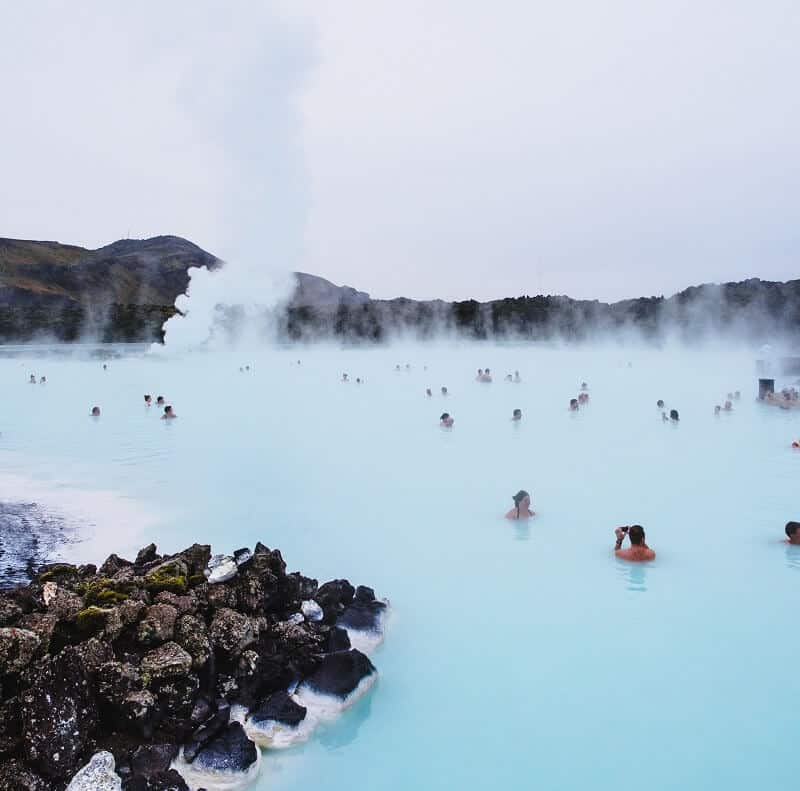 Crédit photo: Pexels – Unsplash
Crédit photo: Pexels – Unsplash
FRANCE - BEAUX SITES - Collioure - (Occitanie)
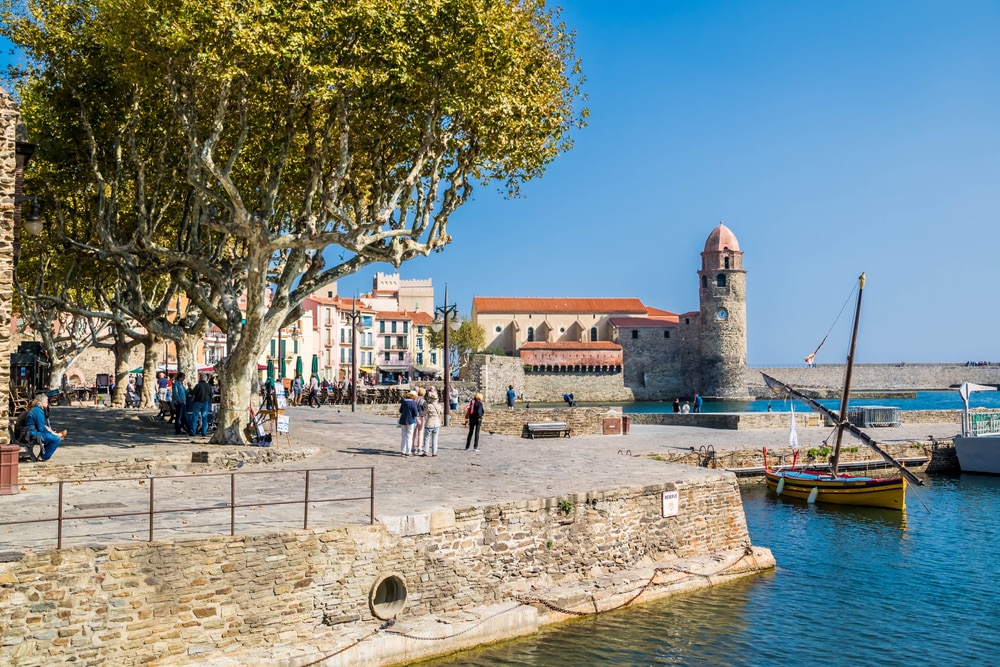
Crédit photo : Shutterstock – Begir
ASTRONOMY - Barnard 68: Dark Molecular Cloud
2023 January 29
Image Credit: FORS Team, 8.2-meter VLT Antu, ESO
Explanation: Where did all the stars go? What used to be considered a hole in the sky is now known to astronomers as a dark molecular cloud. Here, a high concentration of dust and molecular gas absorb practically all the visible light emitted from background stars. The eerily dark surroundings help make the interiors of molecular clouds some of the coldest and most isolated places in the universe. One of the most notable of these dark absorption nebulae is a cloud toward the constellation Ophiuchus known as Barnard 68, pictured here. That no stars are visible in the center indicates that Barnard 68 is relatively nearby, with measurements placing it about 500 light-years away and half a light-year across. It is not known exactly how molecular clouds like Barnard 68 form, but it is known that these clouds are themselves likely places for new stars to form. In fact, Barnard 68 itself has been found likely to collapse and form a new star system. It is possible to look right through the cloud in infrared light.
JUSTE UNE PENSEE - La décision et la compréhension
28.1.23
FRANCE - BEAUX VILLAGES DU PAYS BASQUE - Saint-Pée-sur-Nivelle
ASTRONOMY - Comet ZTF over Mount Etna
Image Credit & Copyright: Dario Giannobile
Explanation: Comet-like plumes are blowing over the volcanic peaks of Mount Etna in this wintry mountain-and-skyscape from planet Earth. The stacked and blended combination of individual exposures recorded during the cold night of January 23, also capture naked-eye Comet ZTF just above Etna's snowy slopes. Of course increasing sunlight and the solar wind are responsible for the comet's greenish coma and broad dusty tail. This weekend Comet ZTF is dashing across northern skies between north star Polaris and the Big Dipper. From a dark site you can only just spot it as a fuzzy patch though. That's still an impressive achievement if you consider you are gazing at a visitor from the distant Oort cloud with your own eyes. But binoculars or a small telescope will make for an even more enjoyable view of this Comet ZTF in the coming days.
23.1.23
AEROPORTS LES PLUS DANGEREUX - Aéroport de Skiathos – Grèce
22.1.23
21.1.23
17.1.23
AEROPORTS LES PLUS DANGEREUX - Aéroport de Georgetown – Californie - États-Unis
16.1.23
NECROLOGIO - Gina Lollobrigida è morta
15.1.23
13.1.23
ENDROITS ETRANGES DU MONDE - L’île du Chat (Japon)
 SakSa/Shutterstock.com
SakSa/Shutterstock.com3.1.23
PHOTOS - MONDE MAGIQUE - Laguna Torre - El Chalten - Patagonie (Argentina)
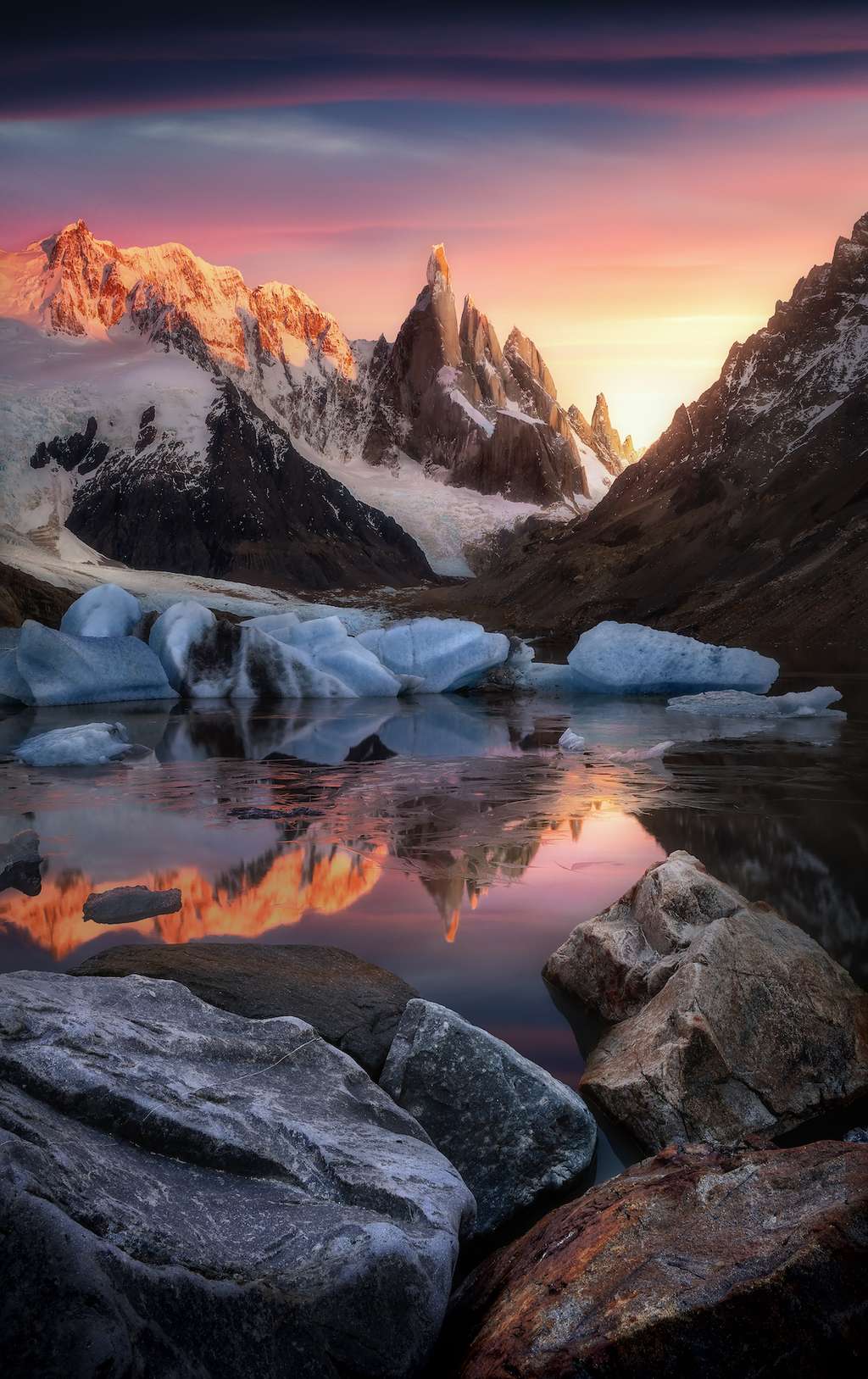
"La lance d'Odin"
JoshuaSnow












